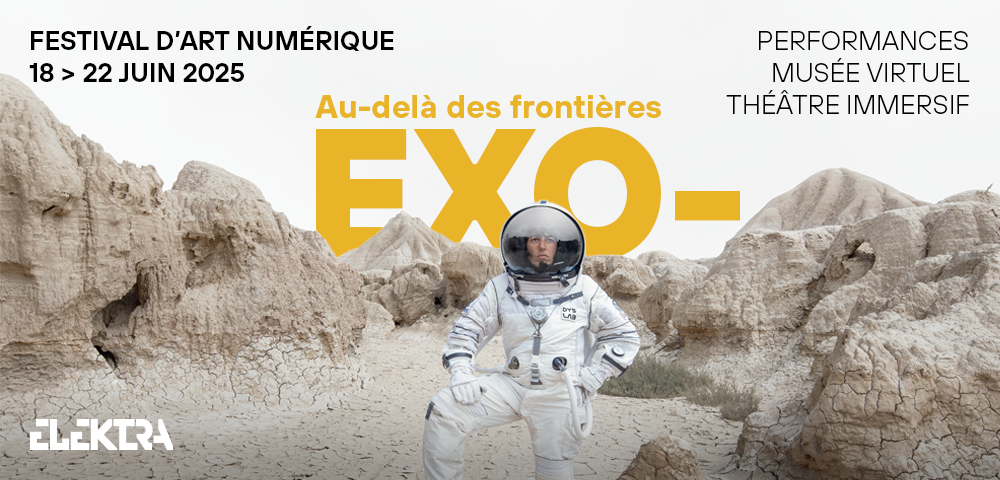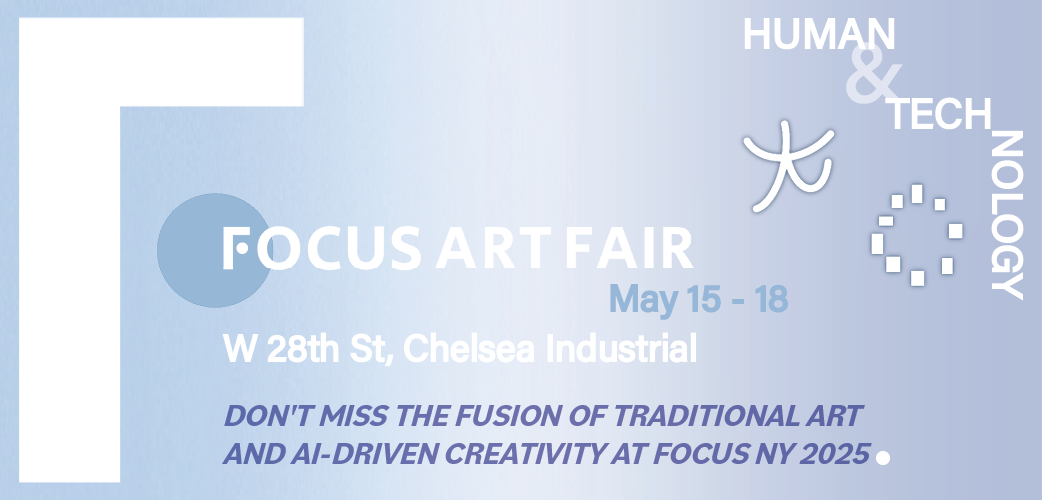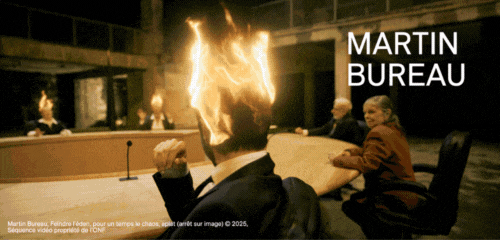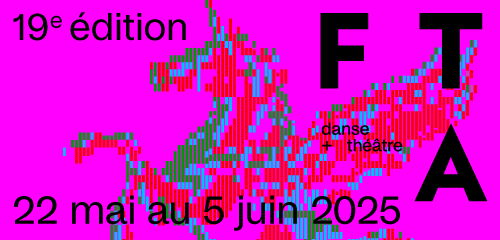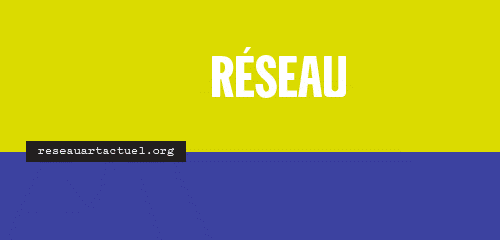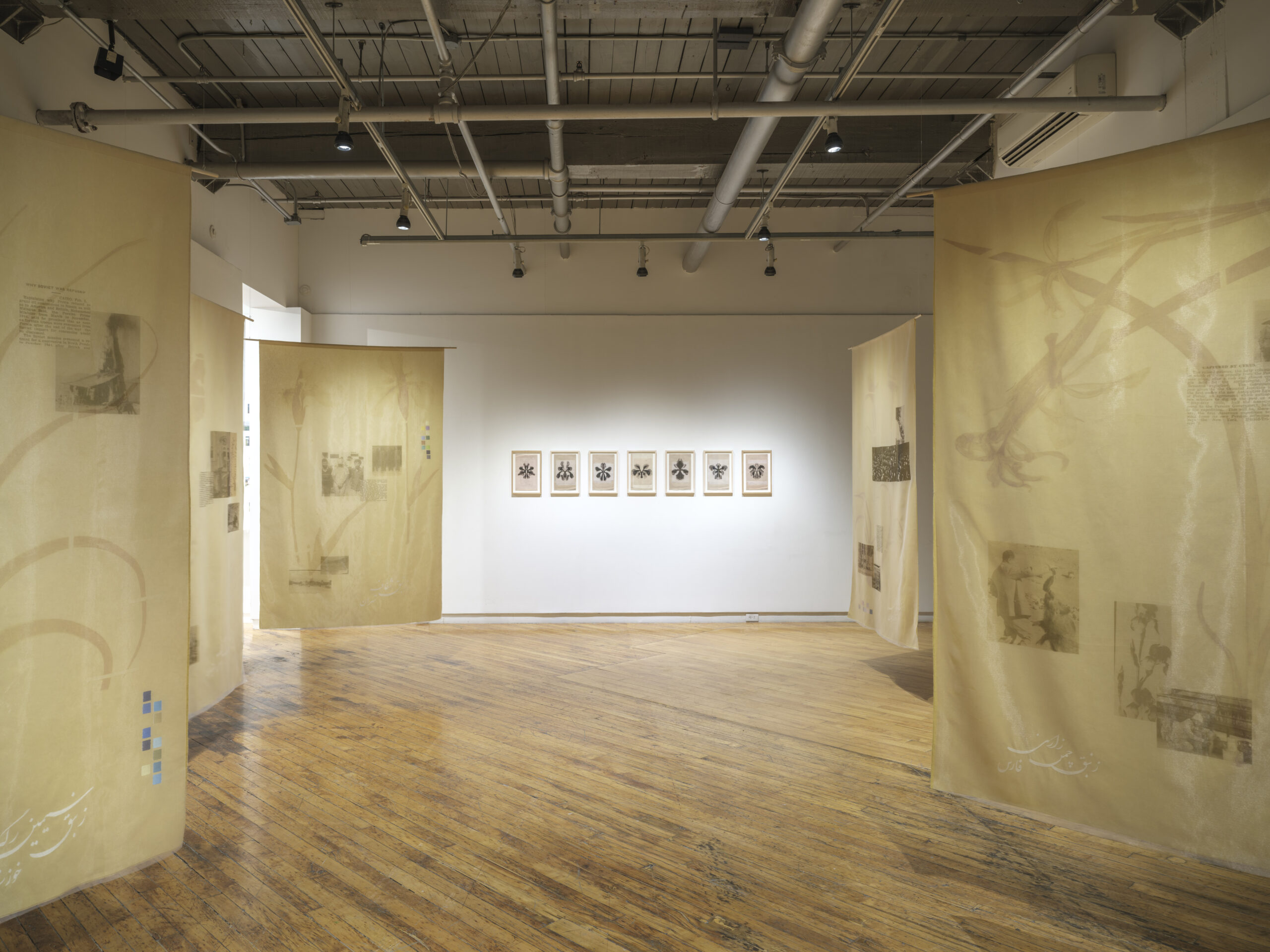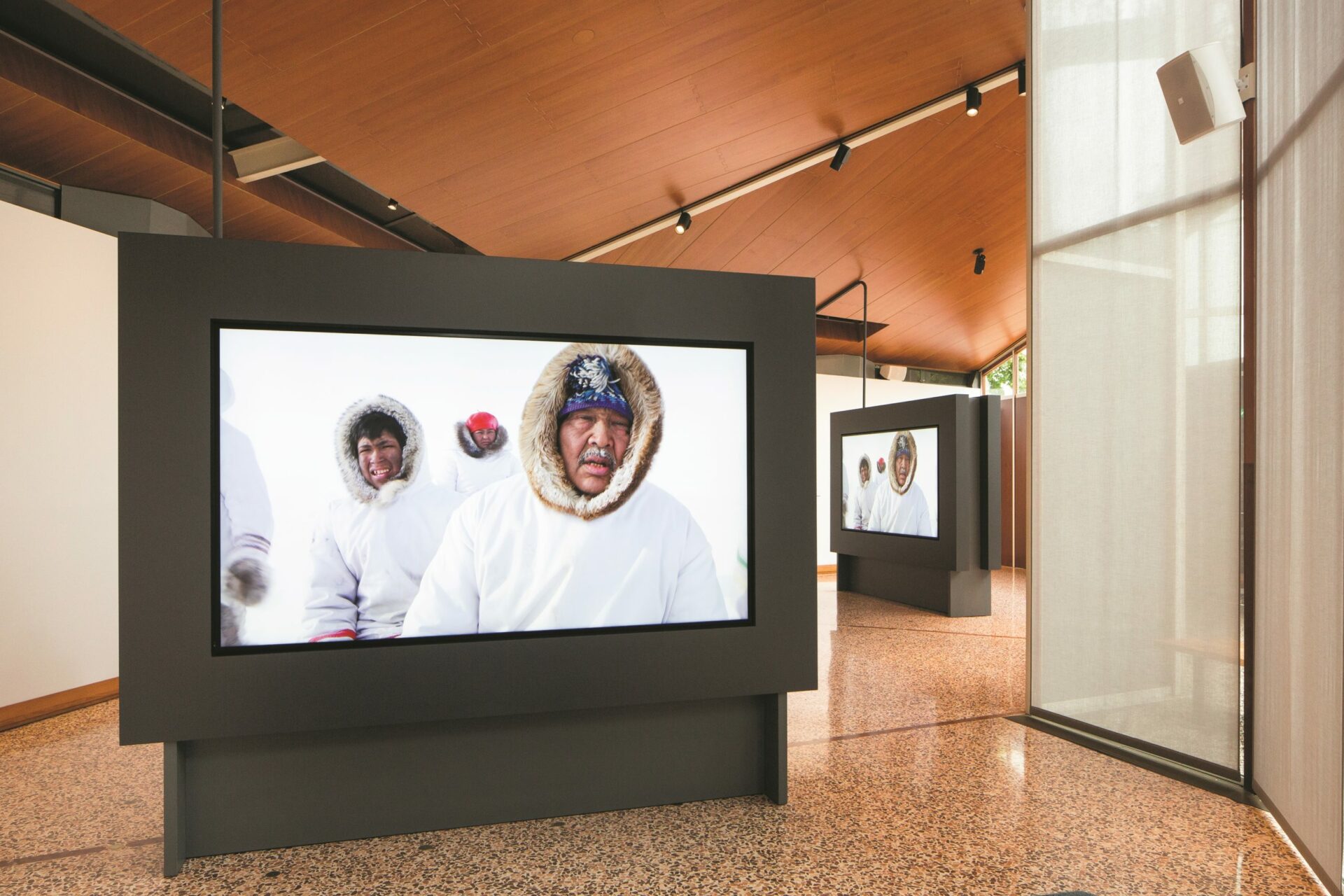
Photo: Francesco Galli, courtesy of La Biennale di Venezia
[En anglais]
We have mounting evidence that the environment is in crisis — obvious examples being species extinction threatening our earth’s biodiversity, and the dire consequences of anthropogenic global warming.1 1 - IPCC Special Report on Global Warming of 1.5C, International Panel on Climate Change (IPCC), 2018; IPBES Global Assessment Report on Biodiversity and Ecosystem Services, Intergovernmental Science-Policy on Biodiversity and Ecosystem Services (IPBES), 2019; Donna Haraway, Staying with the Trouble: Making Kin in the Chthulucene (Durham: Duke University Press, 2016). These concerns have not gone unnoticed in the art world, where exhibitions dedicated to the “anthropocene” proliferate amongst international and sometimes wasteful biennales.2 2 - Hettie Judah, “There’s a Flood of Climate Change-Related Art at the Venice Biennale. Can It Make a Difference — Or Is It Adding to the Problem?” Artnet News, May 6, 2019, https://news.artnet.com/art-world/climate-change-venice-biennale-1532290. Beyond the aesthetic spectacle of environmental destruction, or the intellectual nihilism of pondering our correlated demise, is a disdain for the environment. How did we humans come to perceive ourselves as so removed from nature that we exploit it to the point of extinction, and what does work dedicated to recovering these bonds look like? Of course the Global North’s view of this relationship changed as a result of settler colonialism, resource extraction, industrialization, and petro-capitalism. These contemporary issues have reached a breaking point in the Arctic Circle, where Indigenous knowledge, misunderstanding, Eurocentric perceptions, and the consequences of our eco-denial are hardest felt. The climate crisis isn’t the only reason we are becoming aware of the importance of an “environmental art history.” Inuit perspectives are making their debut at the 2019 Venice Biennale’s Canada Pavilion, with a project by Isuma, an artist collective that continues the difficult work of representing their land and ways of life to outsiders on their own terms.3 3 - asinnajaq, “Isuma Is a Cumulative Effort,” Canadian Art, April 22, 2019, https://canadianart.ca/features/isuma-is-a-cumulative-effort/.
For many of us “southerners” or Qallunaat, we imagine the Arctic lands as a barren snowscape. American artist Subhankar Banerjee’s Land-As-Home: Arctic series (2000–ongoing) has worked to challenge this dominant discourse, representing the region as a vibrant ecosystem rather than a “flat, white nothingness.”4 4 - Thomas J. Demos, Decolonzing Nature: Contemporary Art and the Politics of Ecology (Berlin: Sternberg Press, 2016), 95. At the historic roots of this common perception is the visual culture associated with Arctic exploration, which represented the land as an icy obstacle, devoid of its diverse flora. Navigators deliberately erased iconic tundra plants — Labrador tea, cottongrass, and wildflowers — to bolster their own stories of conquest and to excuse historic examples of resource extraction such as whaling, fishing, and fur trapping. But even with this cultural construction of a vast and seemingly empty land, which Robert G. David equates to an Arctic “Orientalism,”5 5 - Robert G. David, The Arctic in the British Imagination, 1818–1914 (Manchester: Manchester University Press, 2000), 28–29. explorers constantly relied on Indigenous technologies for their survival. In 1853, Sir John Richardson advised crews departing to search for Sir John Franklin that their European leather boots would prove useless in the Arctic. Instead, he recommended trading for sealskin kamik boots and learning how to use other technologies such as Inuit snow goggles.6 6 - MG12-ADM7 microfilm B-5333/801, “Arctic Exploration: Correspondence, Reports, etc.” Library and Archives Canada, Ottawa, Ontario. Understanding how non-Indigenous people imagined the Arctic throughout history helps us comprehend perceptions of it today, which is crucial since climate change renders the polar region increasingly important in Qallunaat-settler geopolitics. Just as explorers required Inuit knowledge in the past, understanding and respecting Indigenous knowledges today could play an important part in mitigating the climate crisis and creating a future free of fossil fuels.
Créez-vous un compte gratuit ou connectez-vous pour lire la rubrique complète !
Mon Compte



